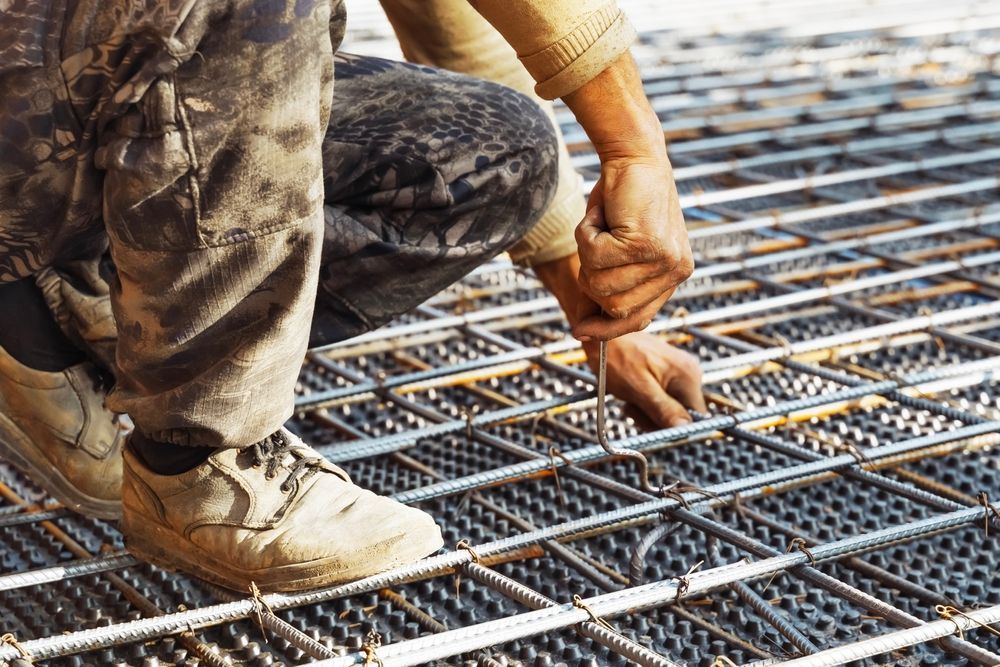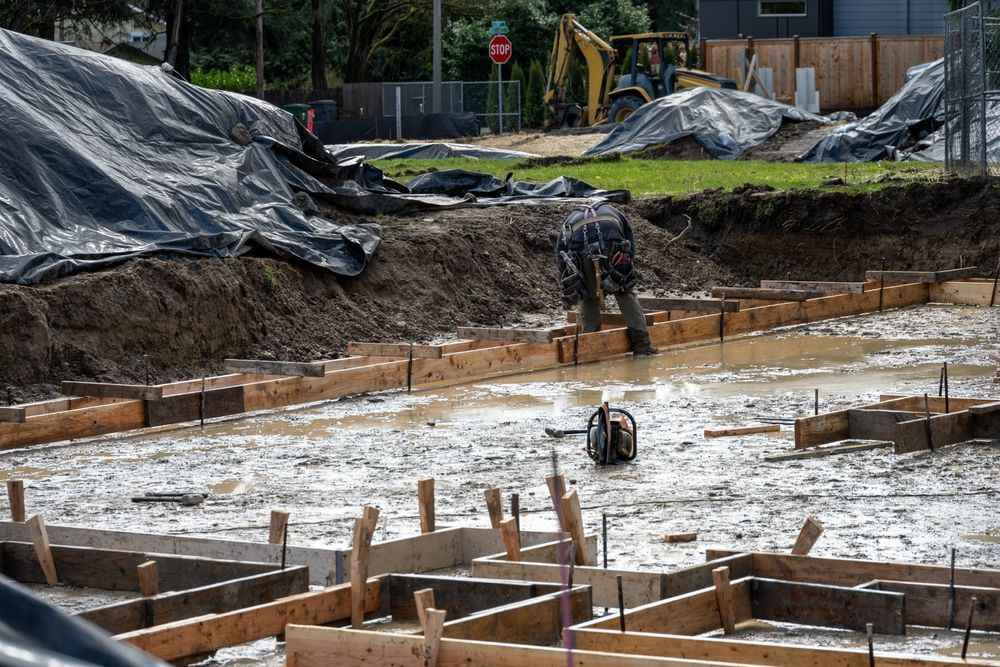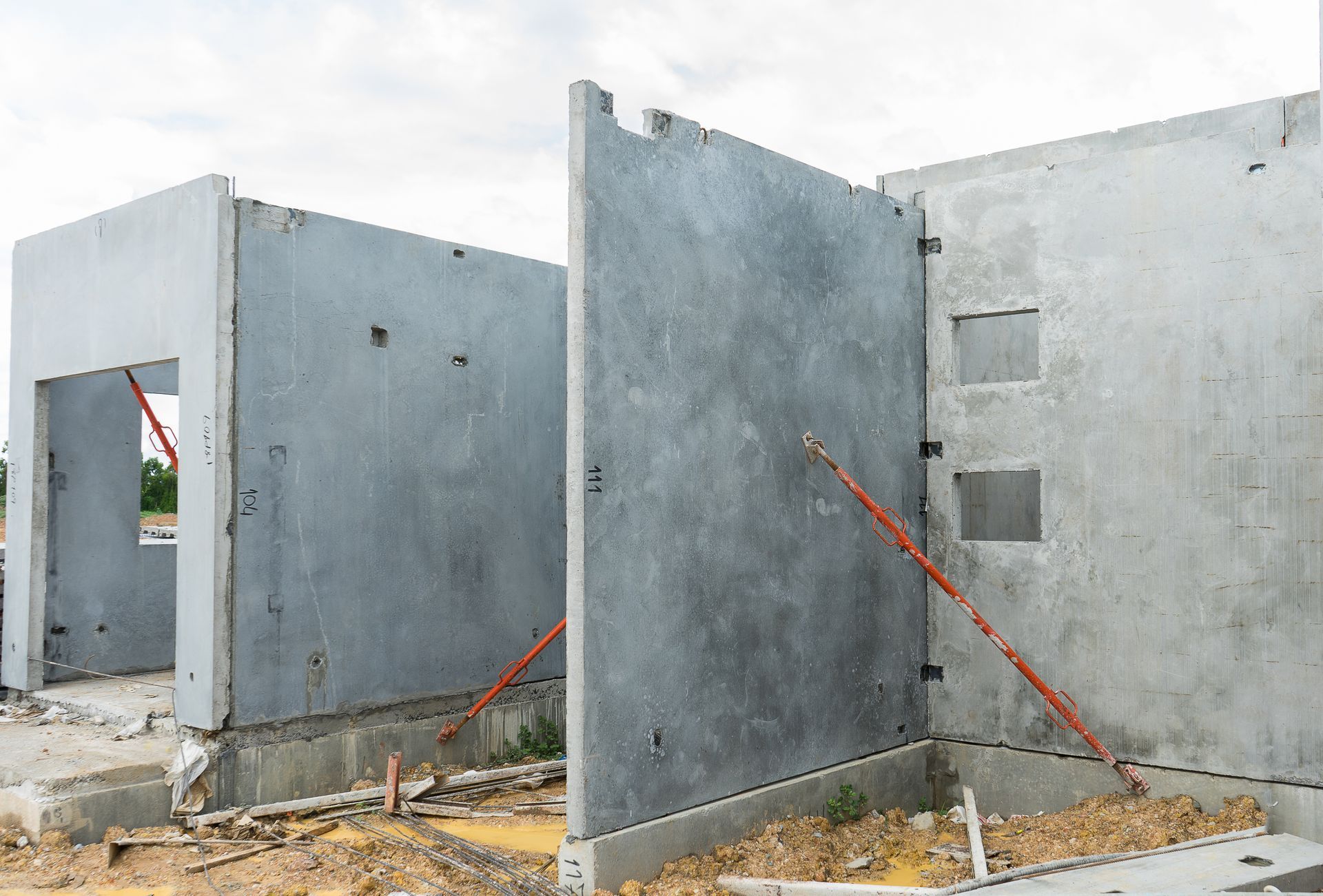Best Practices for Pouring Concrete in Cold Weather
Written by: Bracing Systems
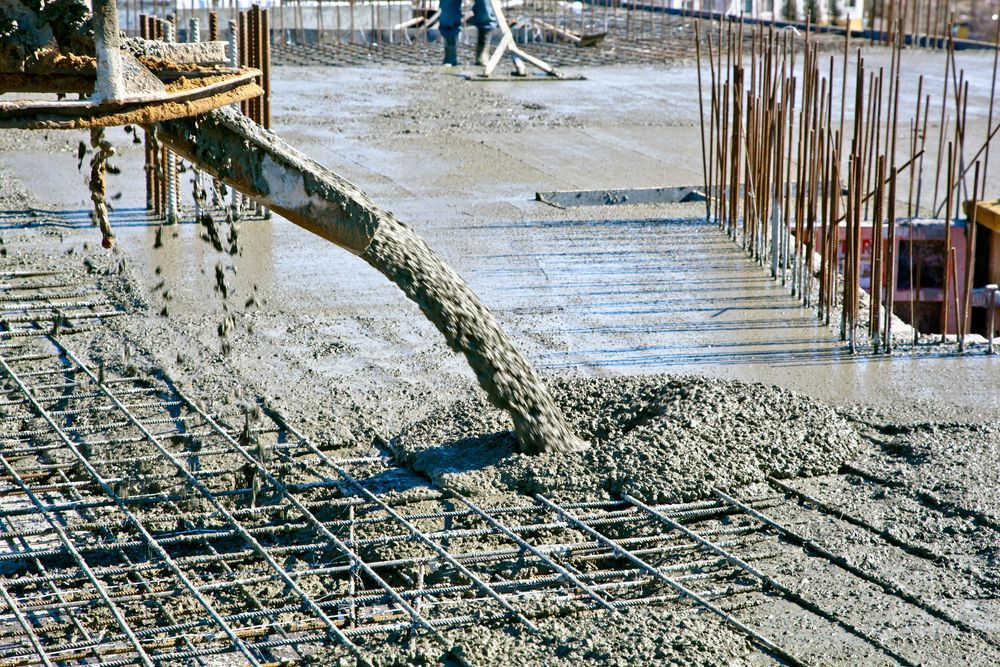
The way you pour your concrete matters. Following the proper procedure is important for ensuring that your concrete will be strong, free of cracks, and durable. The procedure for pouring concrete changes as the temperature changes. When you're pouring concrete in cold weather, it's important to follow a specific procedure to ensure that your concrete will last.
If you're a construction contractor, it's important to follow the cold-weather concrete pouring procedures to ensure a good work product for your customers and to prevent delays with your projects. Here's what you need to know about pouring concrete in cold weather.
Will Concrete Set in Cold Weather?
While concrete can set in cold weather, colder temperatures can cause the concrete to weaken. In fact, the American Concrete Institute (ACI) reports that concrete that freezes before it has cured can weaken the strength of the concrete by up to 50 percent. Concrete that is weakened in this way will become brittle, and will not last as long.
What Temperature Is Too Cold to Pour Concrete?
The colder it gets outside, the slower the concrete sets. The best temperatures for pouring concrete are temperatures higher than 40 degrees. Concrete will set at temperatures below 40 degrees, but special procedures must be followed to prevent the concrete from freezing.
Concrete should not be allowed to freeze within the first 24 hours of pouring, and should be kept above 41 degrees Fahrenheit for the first 48 hours. If the concrete is meant to carry heavy loads, like a foundation, then the concrete should spend at least 20 days at minimum temperatures of 50 degrees, to ensure the strength and durability of the finished product.
When Should You Follow Cold-Weather Concrete Pouring Steps?
The American Concrete Institute (ACI) says that cold-weather concreting occurs when the average temperature of the air is below 40 degrees for three days and falls below 50 degrees Fahrenheit for more than half of any 24-hour period.
How to Tell if Concrete Froze
Concrete that freezes while it cures may feature ice crystal formations on the surface of the concrete. In addition, flakes of concrete may pop off of the surface following the curing process. If the damage is minor, you may choose to leave the concrete as-is. If the flaking is major, you may choose to repair or replace the concrete.
How to Keep Concrete from Freezing
Construction work happens all year round, which means contractors need methods they can turn to when setting concrete during cold weather. Fortunately, there are things you can do to keep concrete from freezing.
Use the Right Concrete Mix
Find a concrete mix that's meant for pouring in cold weather. These products may set faster than other types of concrete, although it's important to keep in mind that concrete that sets too rapidly may become weak.
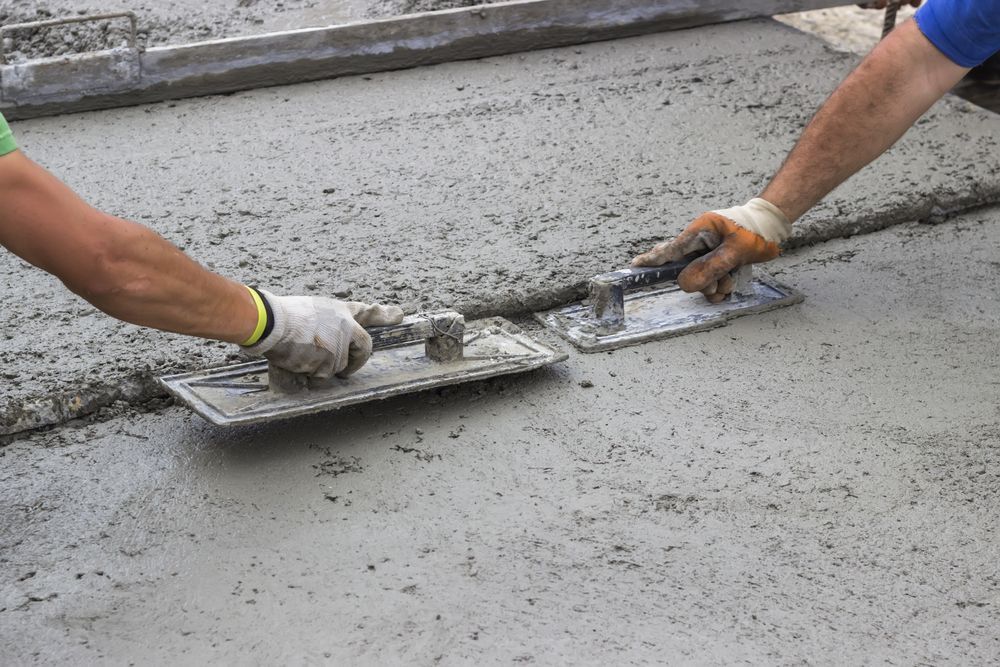
You can find which types of concrete are best for setting in cold weather by purchasing your concrete from a knowledgeable supplier that you can trust. Sometimes this means determining whether to buy from a local supplier vs an online retailer. Contractors who live and work in cold climates are often better off buying their supplies from a local supplier that knows exactly which products will fare best in their environment and location.
Monitor the Temperature and Weather Forecasts
Pay close attention to the temperature and weather forecasts when trying to decide if it's the right time to pour your concrete. Keep in mind that it's best not to pour concrete when temperatures fall below 40 degrees Fahrenheit.
Preheat Materials (Aggregates & Water)
If you must pour concrete at a time when the temperature outside will be cold, it's best to preheat your materials (including aggregates and water), so that your concrete will start at a warm temperature. If pouring large amounts of concrete, the ready-mix product should arrive on-site at around 65 degrees Fahrenheit. If you're mixing the product on-site, mix warm aggregate with hot water on location.
Protect Subgrade
Protecting the subgrade before pouring the concrete can help. Establish windbreaks around the site. Dampen the ground before pouring concrete.
Avoid Rapid Drying
Rapid drying can weaken the concrete. You can prevent this from happening.
- Use Insulating Blankets, Windbreaks, and/or Enclosures. Protect the space where the concrete dries using insulated blankets, windbreaks, and/or enclosures. Using insulated blankets and forms can also help hold in heat, which prevents the concrete from freezing.
- Apply Curing Compounds. Applying curing compounds can help the concrete retain moisture and complete the curing process at the correct pace. Follow the manufacturer's instructions whenever using curing compounds. If you have questions, you can speak with your material supplier for more information.
- Leave forms up for as long as possible. Formwork helps concrete retain moisture, especially in the outer areas, like corners, where drying often happens too rapidly. Leaving up the formwork for as long as possible can help your concrete cure at the desired rate.
Curing Concrete During Cold Temperatures
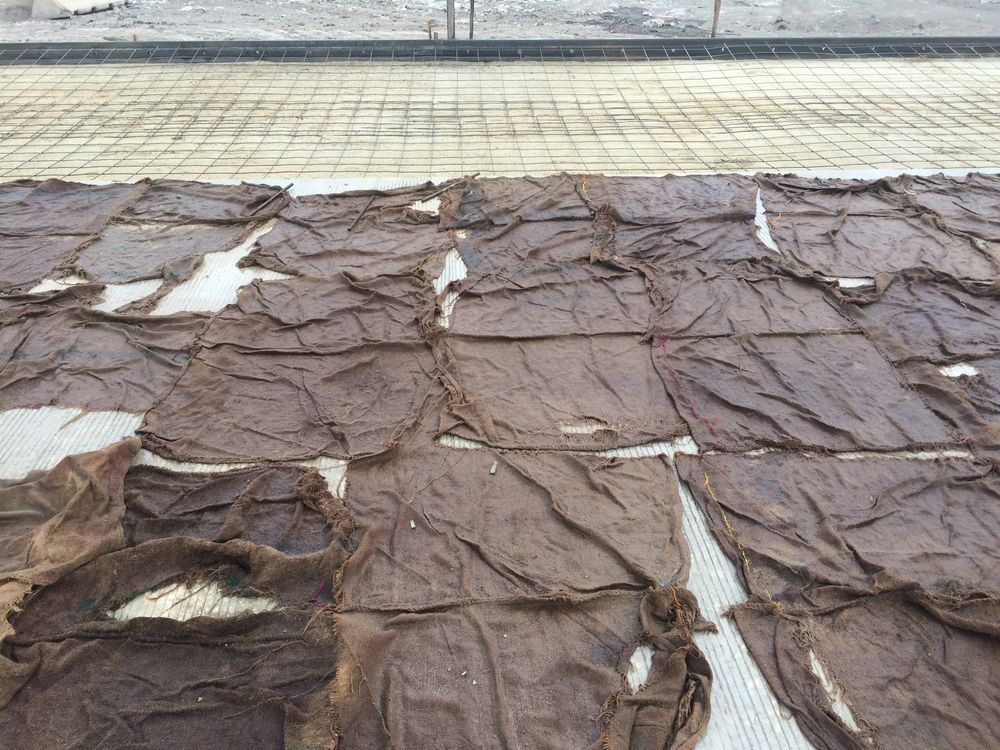
Curing concrete in cold temperatures is a sensitive process. If you're not experienced with this process, consult with experts to ensure the work is done correctly. At Bracing Systems, we're happy to answer your questions and give you advice as you buy supplies from our stores.
Bracing Systems: Your Source for Concrete Material
Bracing Systems is a trusted name in construction in the Chicago area. We sell a variety of tools for concrete work, including different types of concrete sealers and a variety of concrete and mortar products that help contractors get the job done. In addition to selling tools for concrete work, we also rent large pieces of equipment to contractors who need quality tools at affordable prices.
Not sure if renting or buying construction equipment is more cost-effective? Call us to explore our fair pricing. Keep in mind that we maintain all of our equipment pieces to ensure safety as well as quality. Contact us to learn more.

